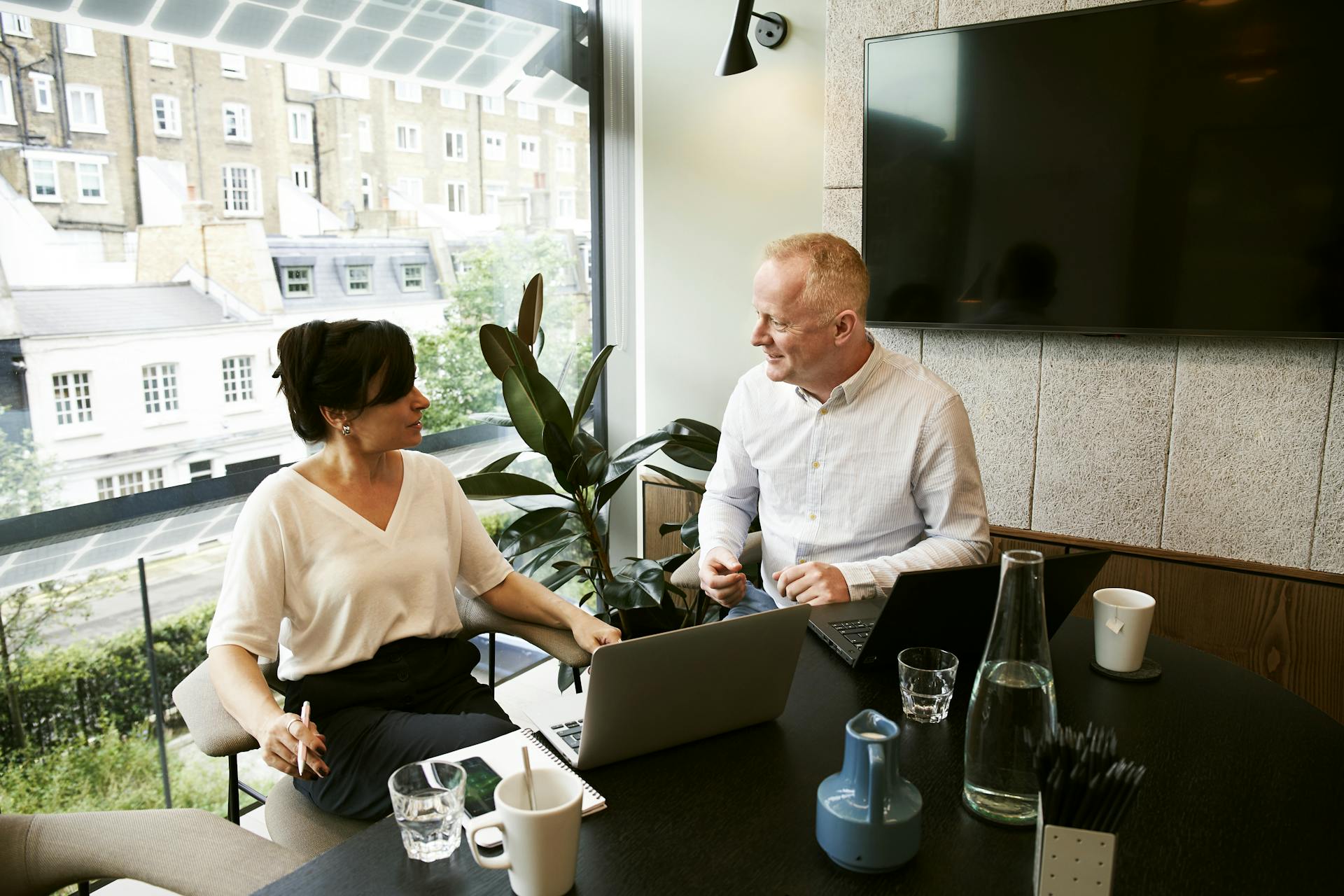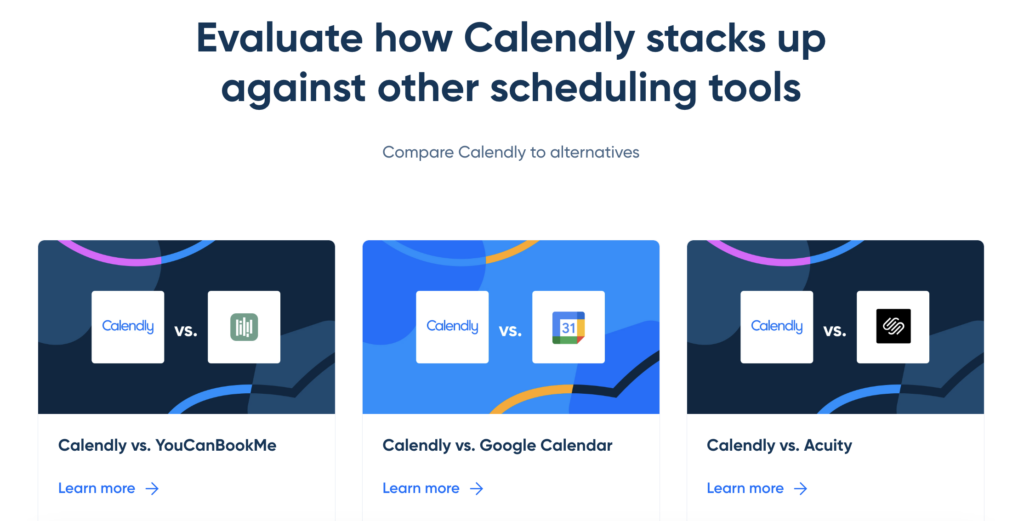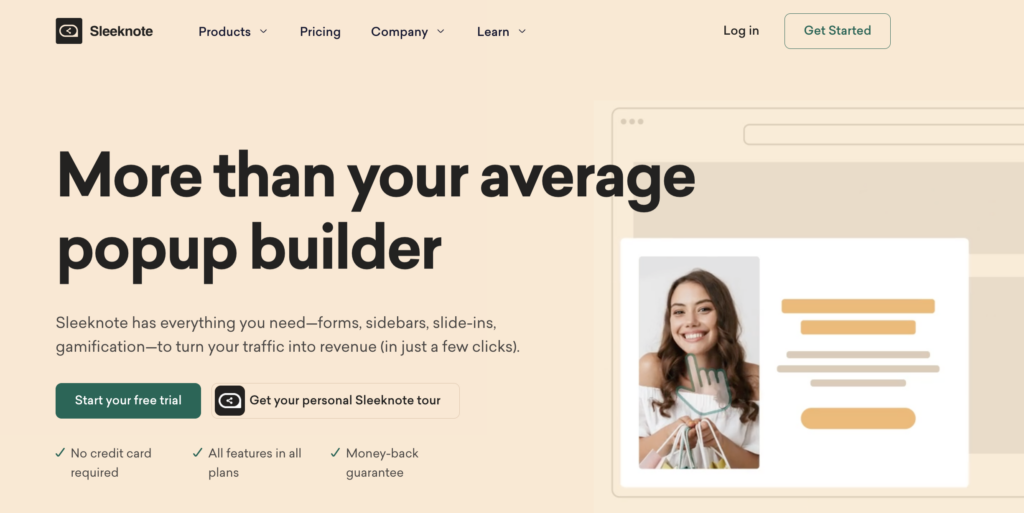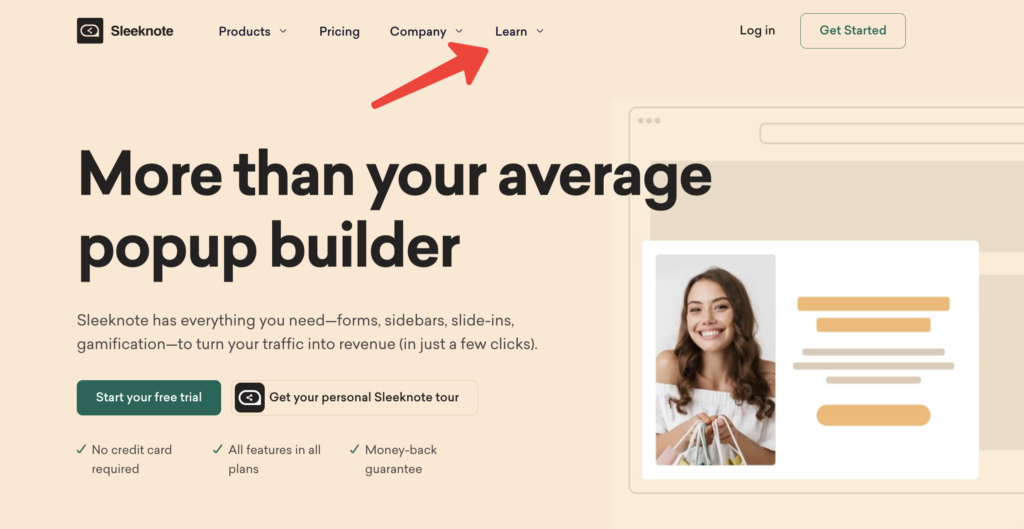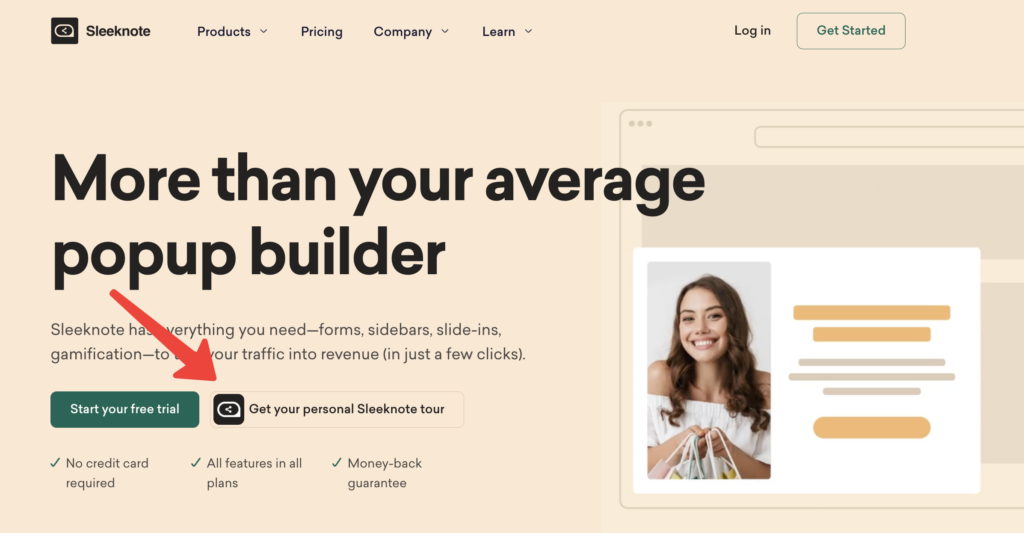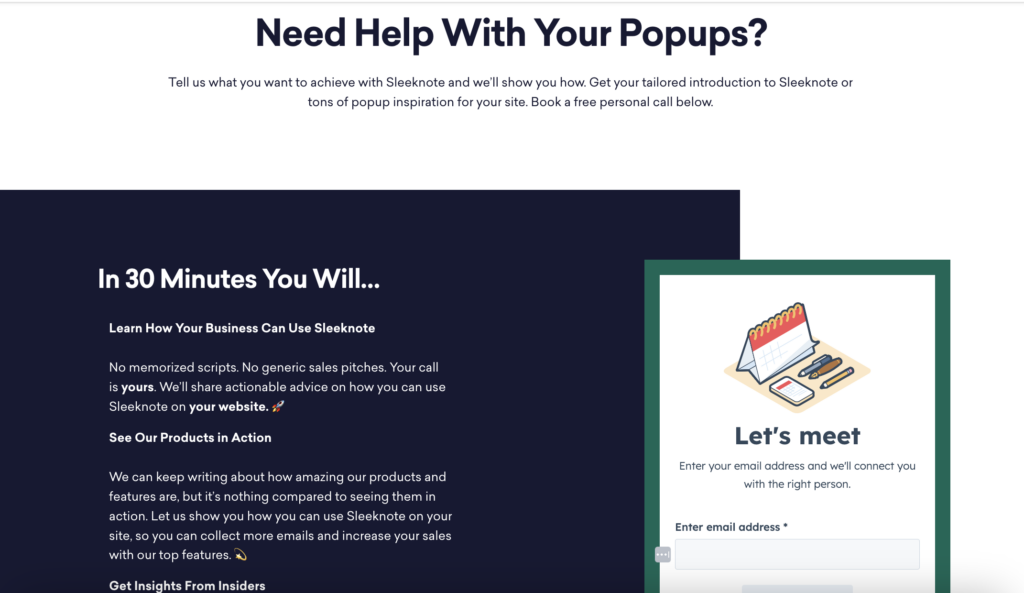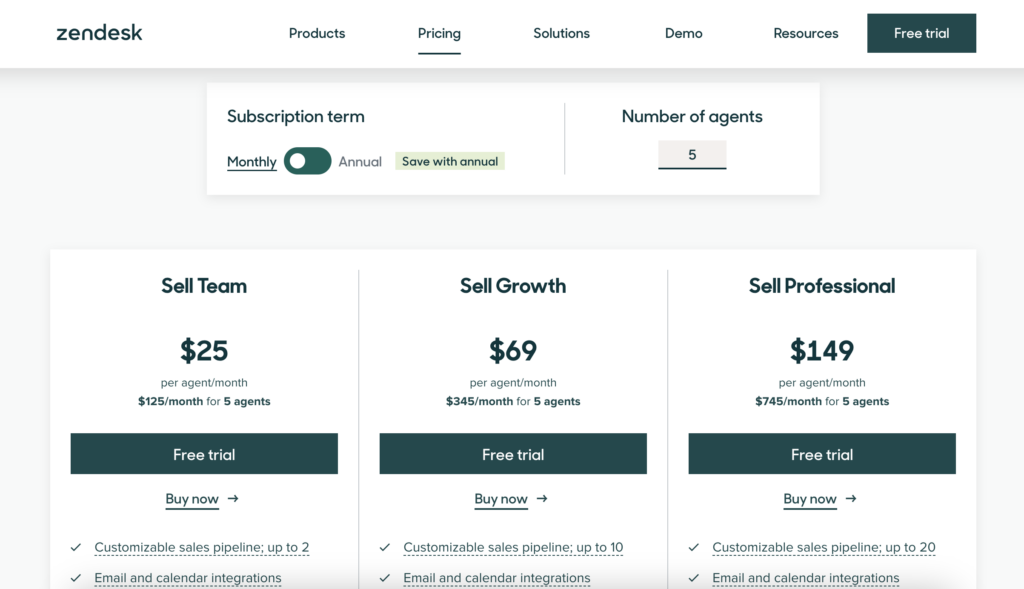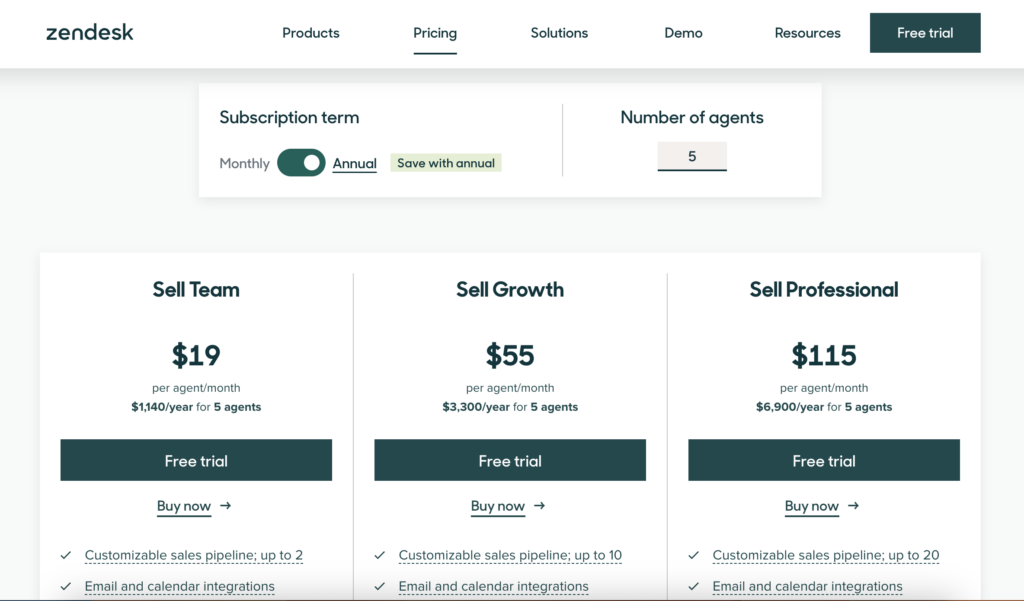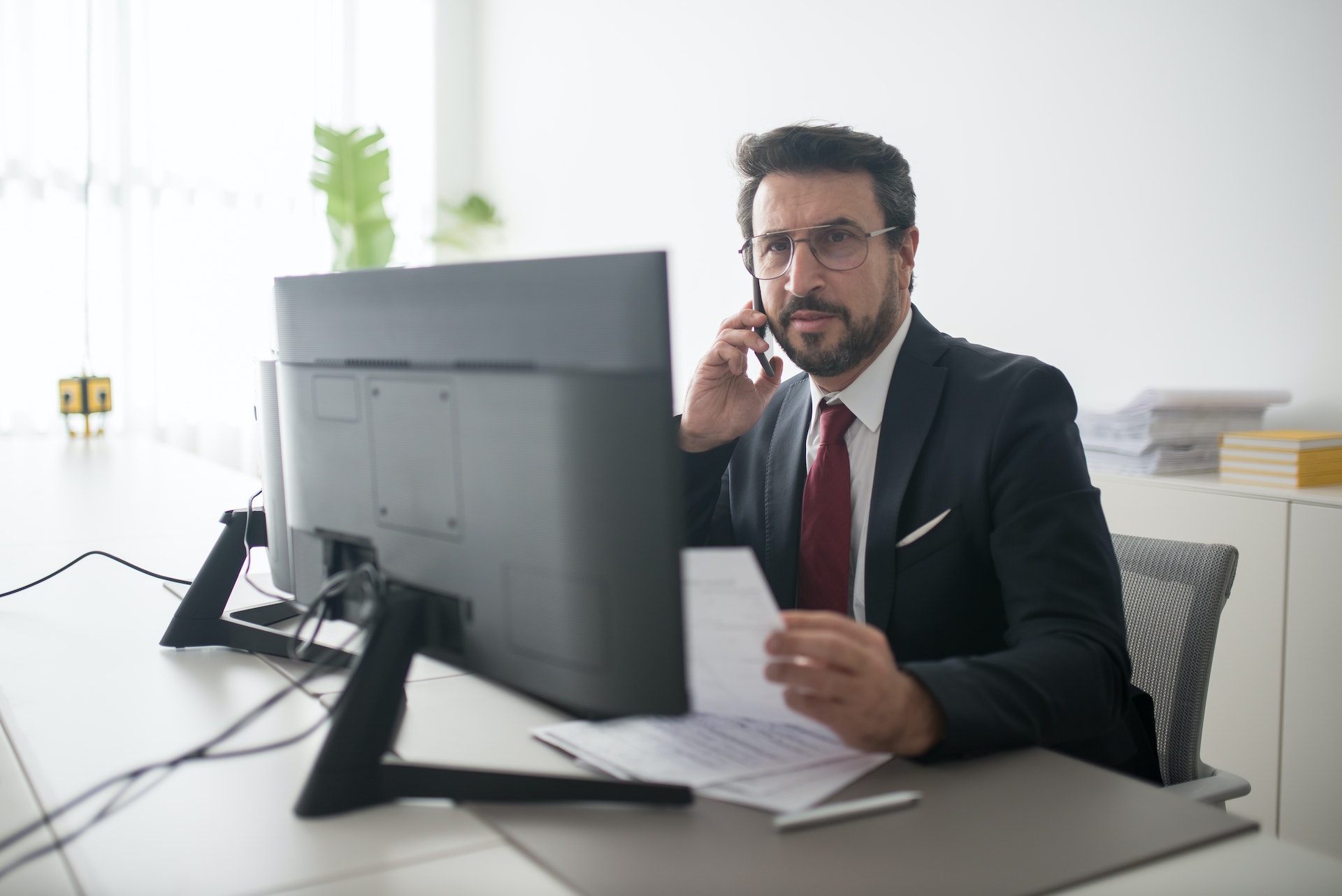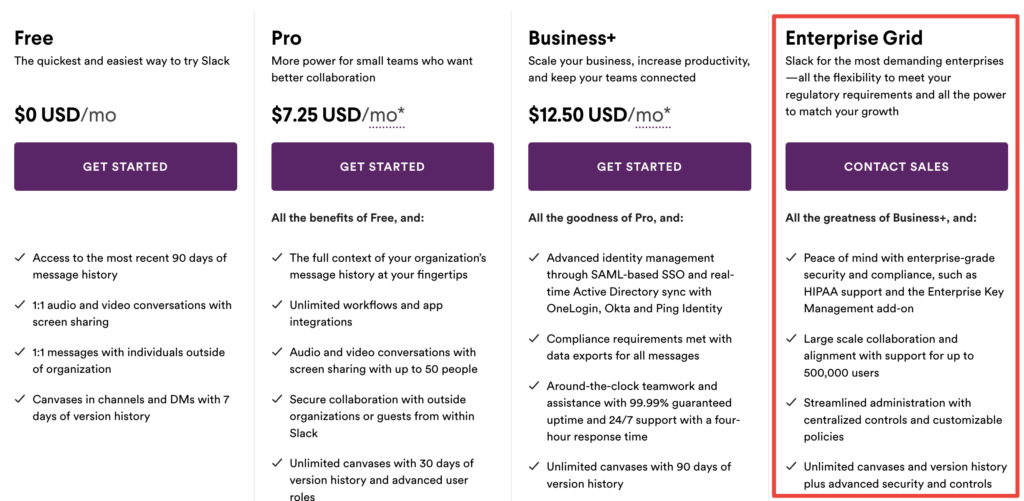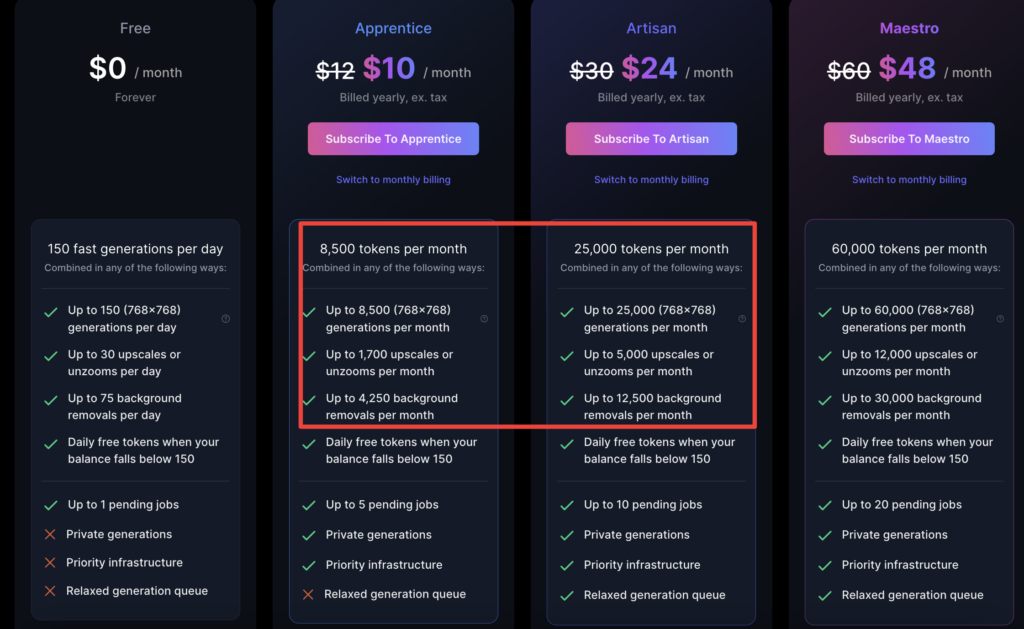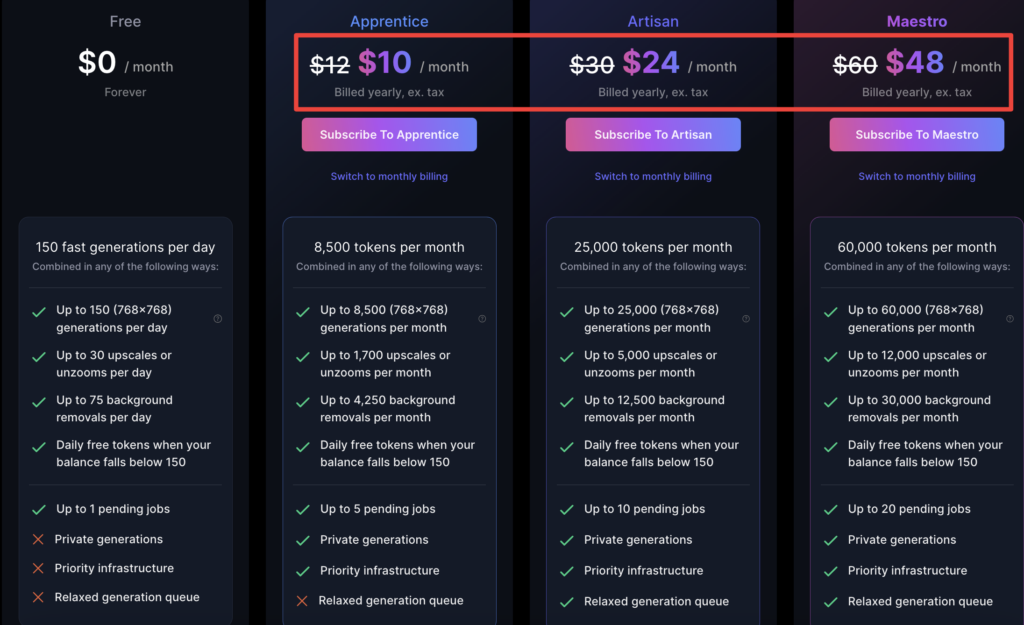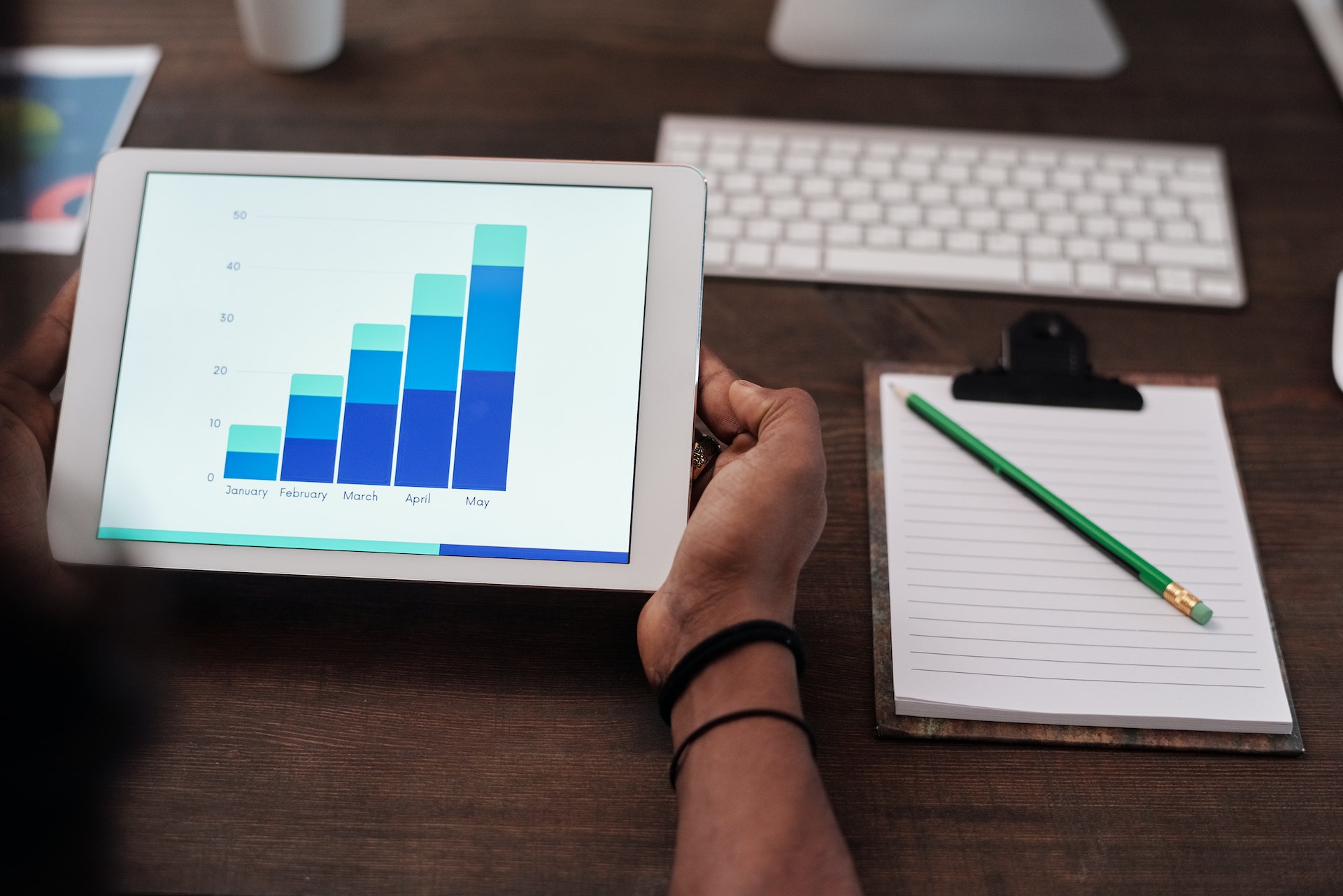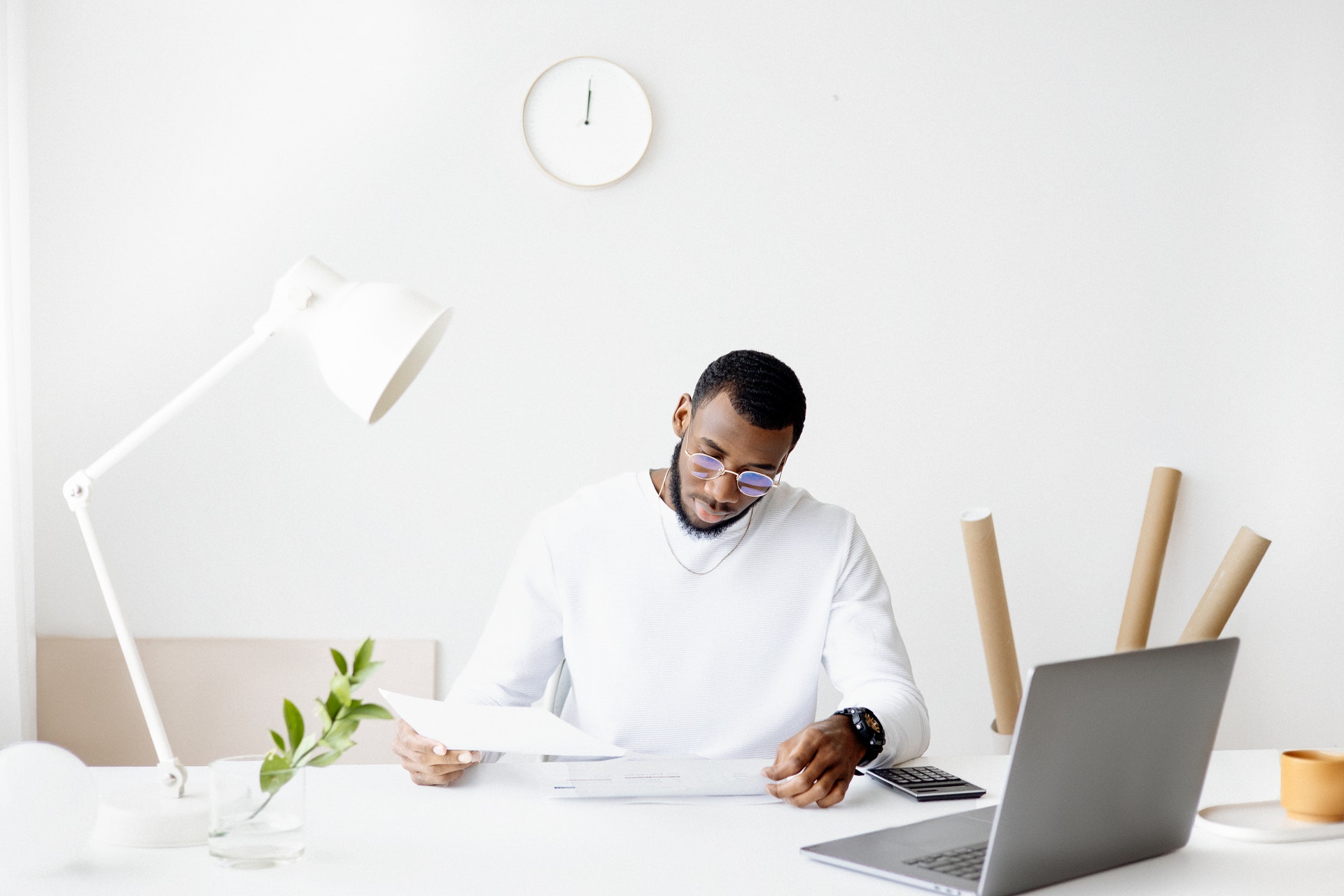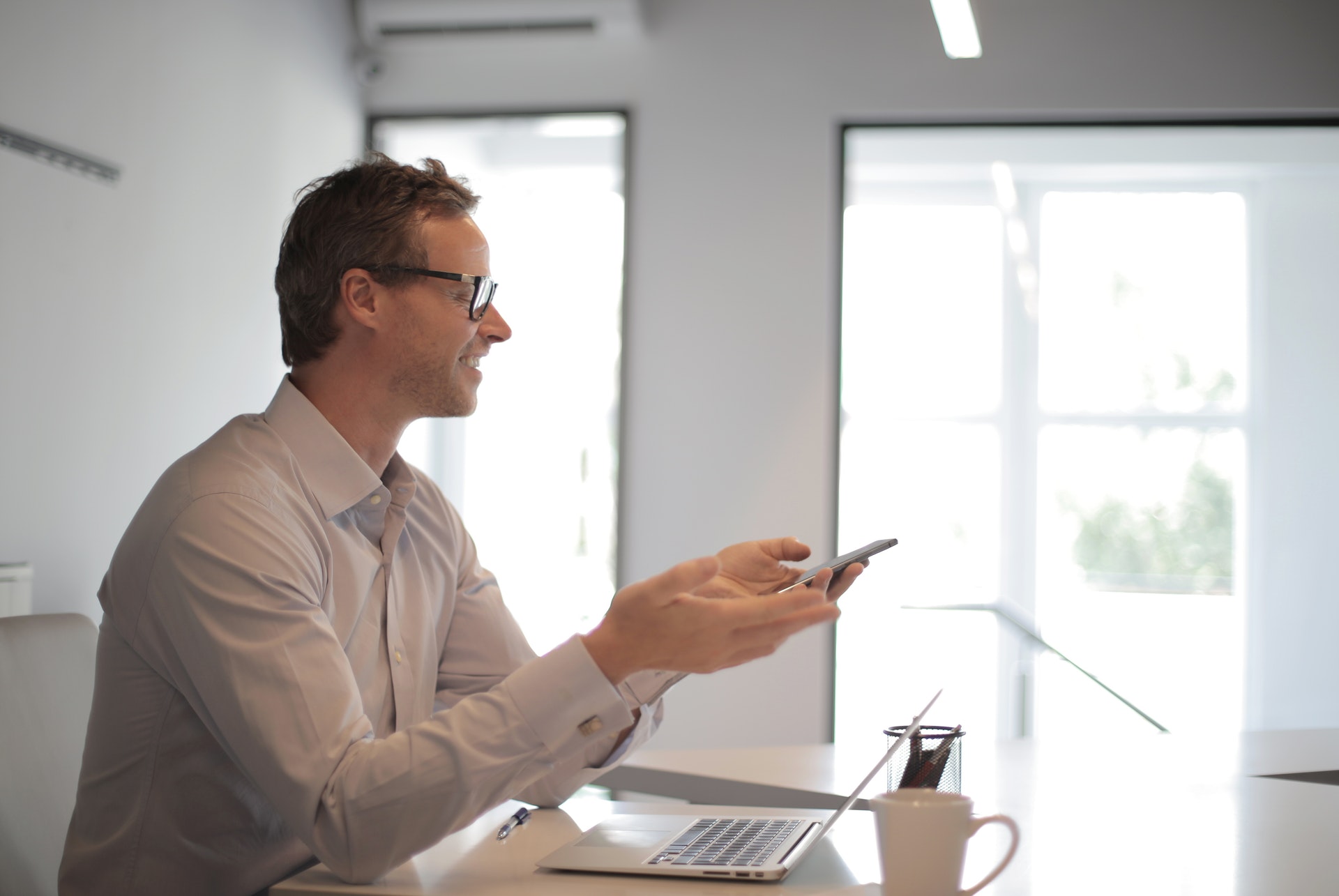Recent data shows that there are more than 42,000 SaaS companies worldwide, with 12,400 in the US alone. With fierce competition, hiring salespeople with the right skillset has never been more important. For this post, we’ll look at the top 10 skills SaaS sales reps need in 2025 so you’ll know what to focus on when making your hiring decisions.
Let’s jump right in.
1. A Data-Driven Sales Approach
On this blog, we’ve talked countless times about how the “going with your gut” approach is, for the most part, now antiquated and is a quick way for reps to get themselves in trouble. Not that there isn’t a need for some level of intuition, but basing decisions on sound, concrete data rather than instinct is by far the better approach in 2025.
Looking at things like lead generation sources, customer patterns and trends, and pipeline metrics almost always leads to smarter decisions, which, in turn, puts reps in a position to thrive.
2. An In-Depth Understanding of AI
AI has saturated nearly every aspect of business and life. So it should come as no surprise that being proficient in AI is one of the vital skills SaaS sales reps need to win in our modern era.
From AI-driven analytics to lead scoring to automated outreach, there is a wide array of use cases, with that number growing every day. To truly thrive in this type of position, it’s best to find SaaS sales reps who understand the ins and outs of AI and continually look for new ways for it to help them perform at their best.
3. Tech Stack Building Skills
Because your salespeople are selling software as a service, it only makes sense that they themselves should be adept at using the right mix of software to do their job at a high level.
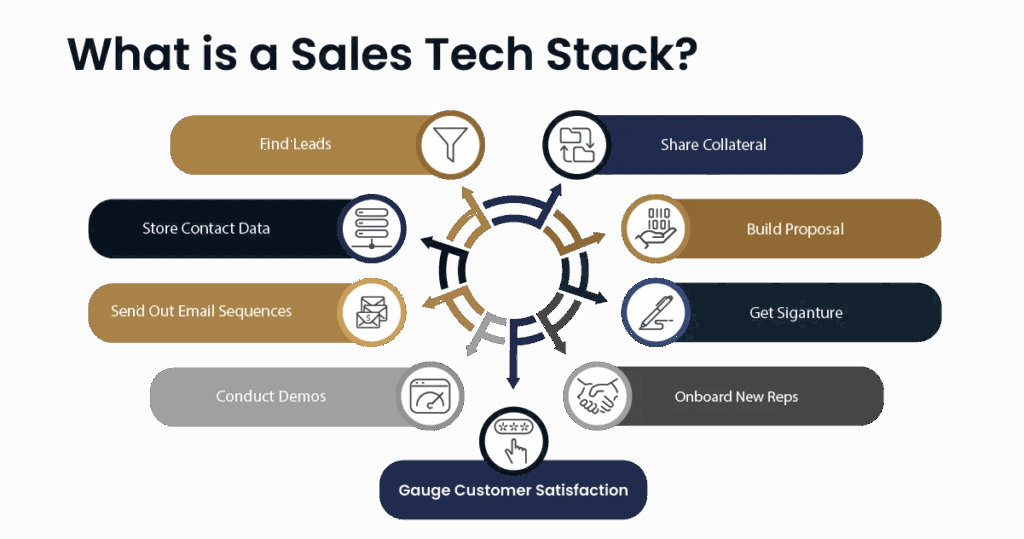
If one SaaS sales rep has an amazing tech stack that allows them to fire on all cylinders and maximize productivity, the odds of them succeeding are infinitely higher than another rep who haphazardly uses any old tools. So keep this in mind when making your hiring decisions.
4. Excellent Virtual Communication
Back in the day, sales communication was largely done face-to-face or on the phone. But today’s digital landscape has forever changed that, and now the most successful reps are capable of seamlessly interacting with customers across a variety of virtual platforms.
Whether it’s through email, social media, a messenger, video calls, or any other platform, a rep should be able to communicate clearly and concisely. They should also bring the same level of expertise and charisma that they would through more traditional mediums.
5. Advanced Presentation Skills (With Case Studies)
Although the need for presentation skills is nothing new, the caliber of those presentation skills needs to be significantly higher than it used to be. Also, SaaS salespeople need to connect the dots for leads with real-life case studies.
Often, the key to getting a lead over the hump is to show them firsthand how other customers have implemented your product and how it’s been the catalyst for improvement (with quantifiable data).
A good example is this customer story from appointment scheduling platform Calendly, which showcases how one client saw a dramatic spike in ROI after using their product.
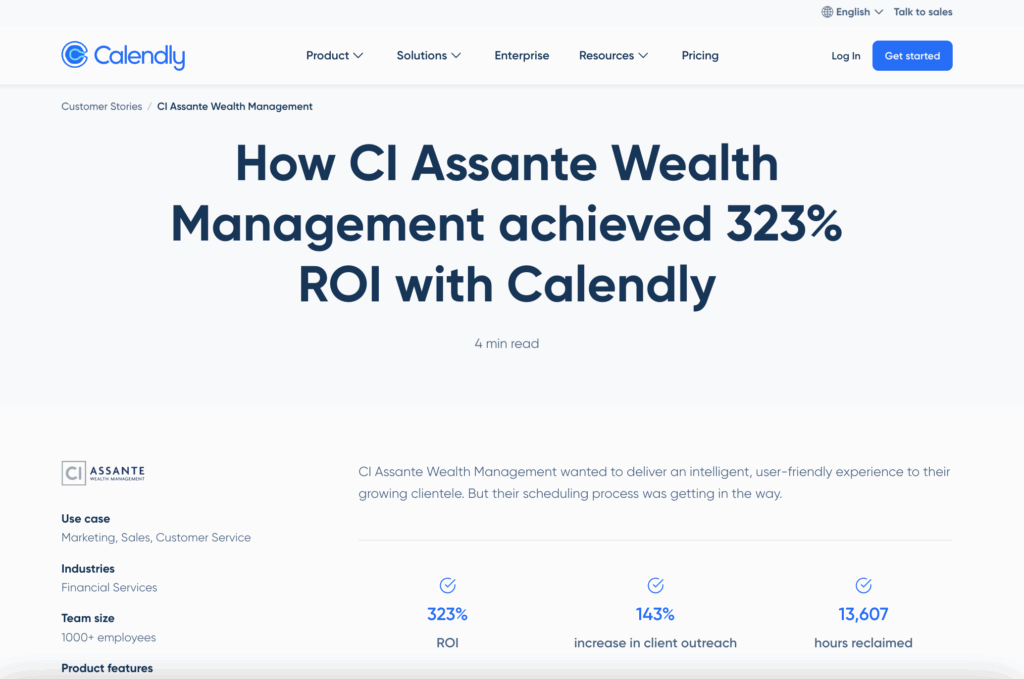
6. Storytelling Abilities
This piggybacks on advanced presentation skills but speaks to the importance of consultative selling, where a rep advises a customer on which product is right for them rather than using aggressive sales tactics.
Storytelling is particularly effective because it doesn’t just involve rattling off a list of features, but builds easy-to-follow narratives about how your product makes a customer’s life easier. It’s perfect for tapping into a lead’s emotions and helps them see the big picture to influence their buying decision.
7. Proficiency with Internal Digital Collaboration Tools
Earlier, I mentioned the importance of a SaaS salesperson being able to assemble a quality tech stack, mainly for customer interactions. But it’s equally important that they’re proficient with internal tools like project management software, video conferencing platforms, Google Drive, and so on.
That’s because this allows them to seamlessly interact with other team members across different departments (like marketing, for example) to increase the chances of closing more deals.
8. Strategic Prospecting
In such a competitive market, you can’t afford to have your SaaS salespeople chasing after weak leads with small odds of converting. Instead, they need to focus their efforts on only the hottest leads who are primed and ready to buy.
That’s why strategic prospecting is another of the skills SaaS sales reps need in 2025. One of the best ways to ensure consistent high lead quality is with lead scoring to rate leads based on specific actions like the ones below.
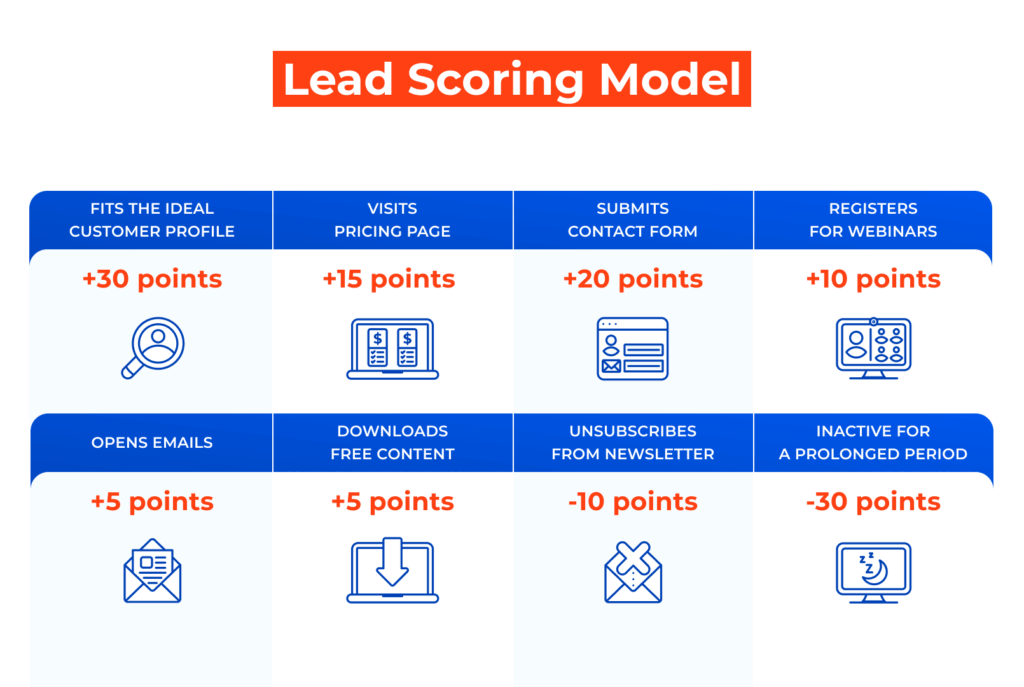
9. Intimate SaaS Product Knowledge
This skill goes without saying. But I wanted to mention that to be at the forefront of your industry, it’s not enough for salespeople to just understand the basics of your SaaS product.
They need to see the big picture and know how it can fit the unique needs of every lead they interact with. That’s why intensive, hands-on training is ideal during onboarding.
10. Resilience and the Ability to Seamlessly Handle Objections
These soft skills have always been important, but with the level of skepticism that many of today’s leads have, they’re essential. Therefore, it’s smart to use a data-driven sales hiring tool to quantify how a candidate stacks up before making your decision.
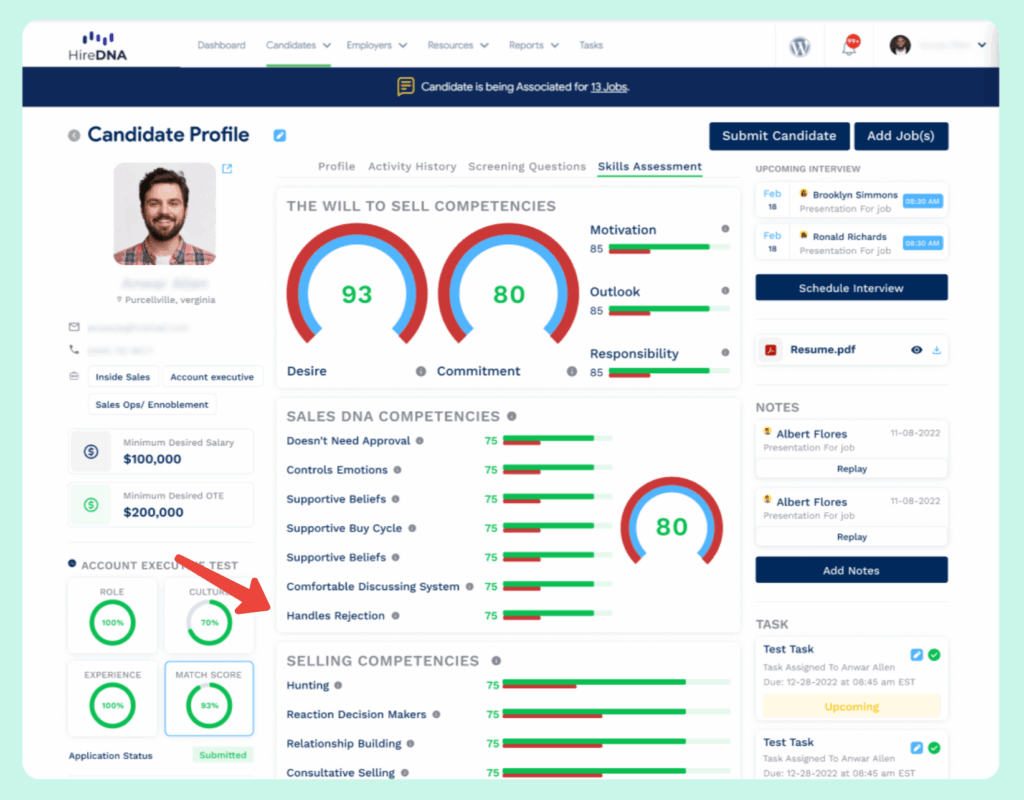
Focusing on the Vital Skills SaaS Sales Reps Need
There are certain inherent skills that a salesperson will always need, such as product knowledge and resilience. But others, like AI knowledge and data proficiency, are undeniably vital to success in 2025. Having a firm grasp on these specific skills should give you a one-up in recruiting, so you’ll know which candidates are likely to be your greatest assets.
Speaking of finding top talent, be sure to use the Sales Skills Assessment to find the best of the best, with 95% accuracy in predicting future success.




